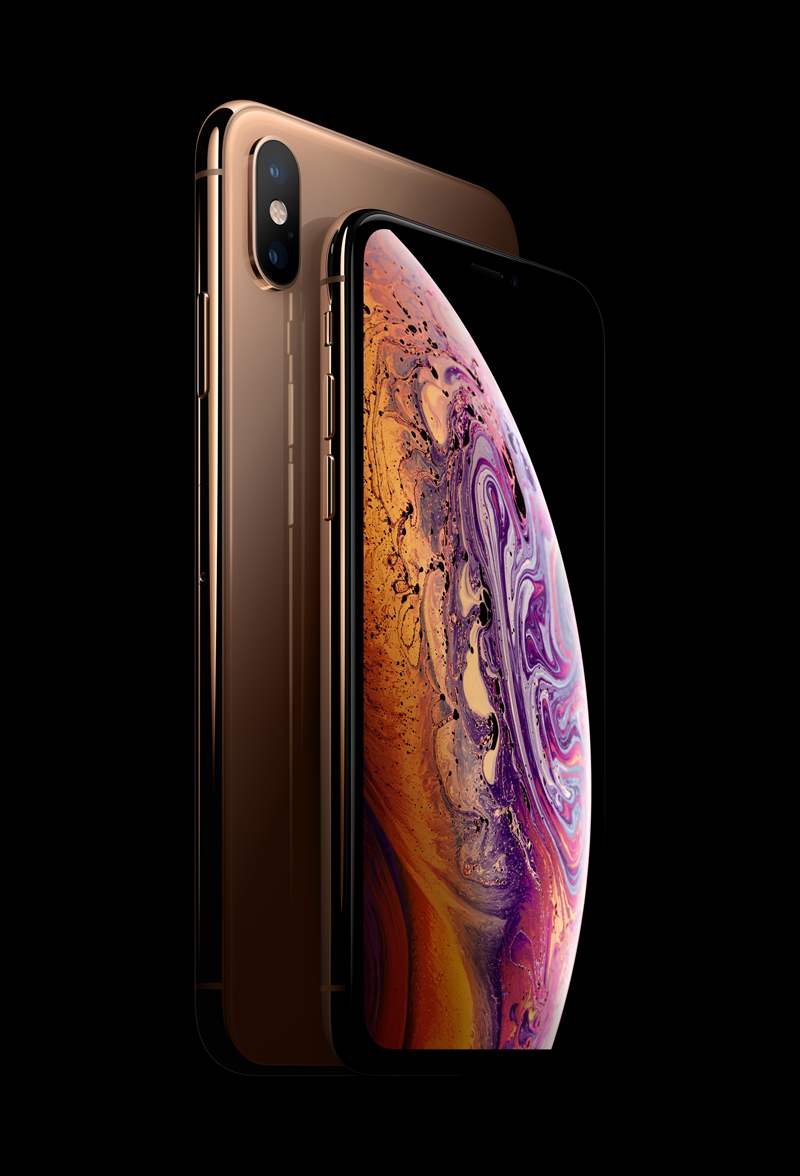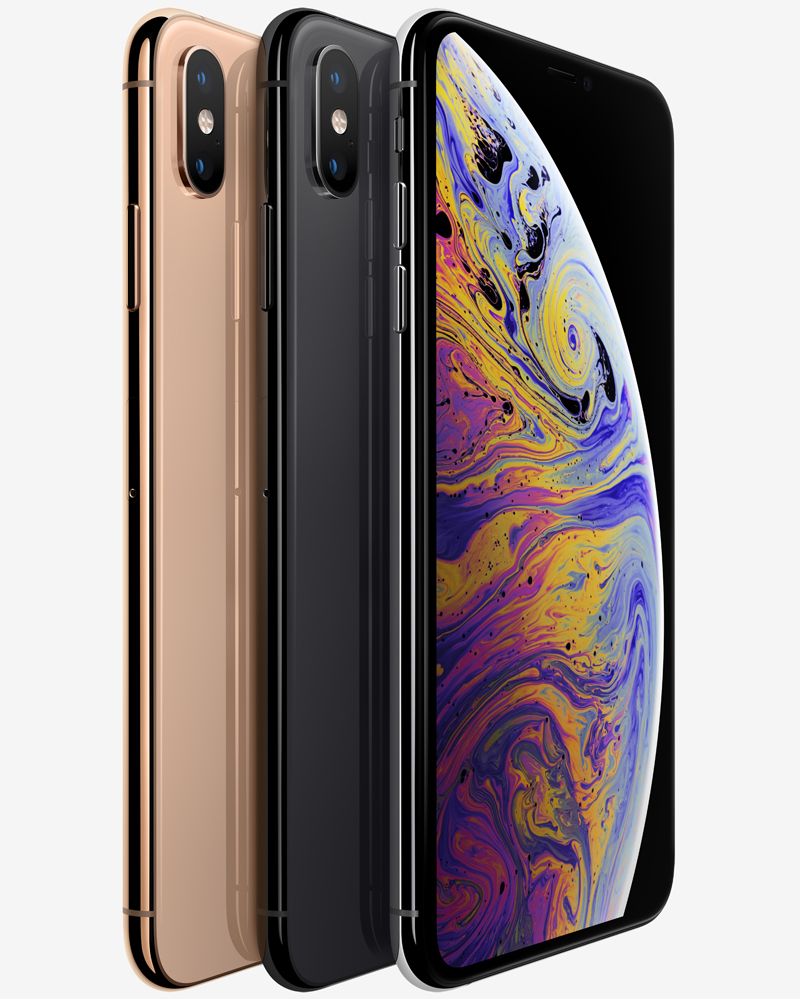What just happened? Apple's new flagship-class iPhones have been announced. As S-class devices, they offer incremental updates that'll serve as a stop-gap between this design and perhaps a new look that could come next year (or in 2020).
Apple unveiled a trio of new iPhones on Wednesday during its Gather Round media event. As rumored, the handsets are known as the 5.8-inch iPhone Xs, the 6.1-inch iPhone Xr and the flagship 6.5-inch iPhone Xs Max. We'll be taking a look at the two flagship models in this piece. There's a lot to digest here so buckle in.
Phil Schiller first introduced the iPhone Xs and iPhone Xs Max. Made of surgical-grade stainless steel, these phones are offered in three finishes - gold, silver and space grey - and feature a new formulation of glass that's said to be the most durable ever in a smartphone.
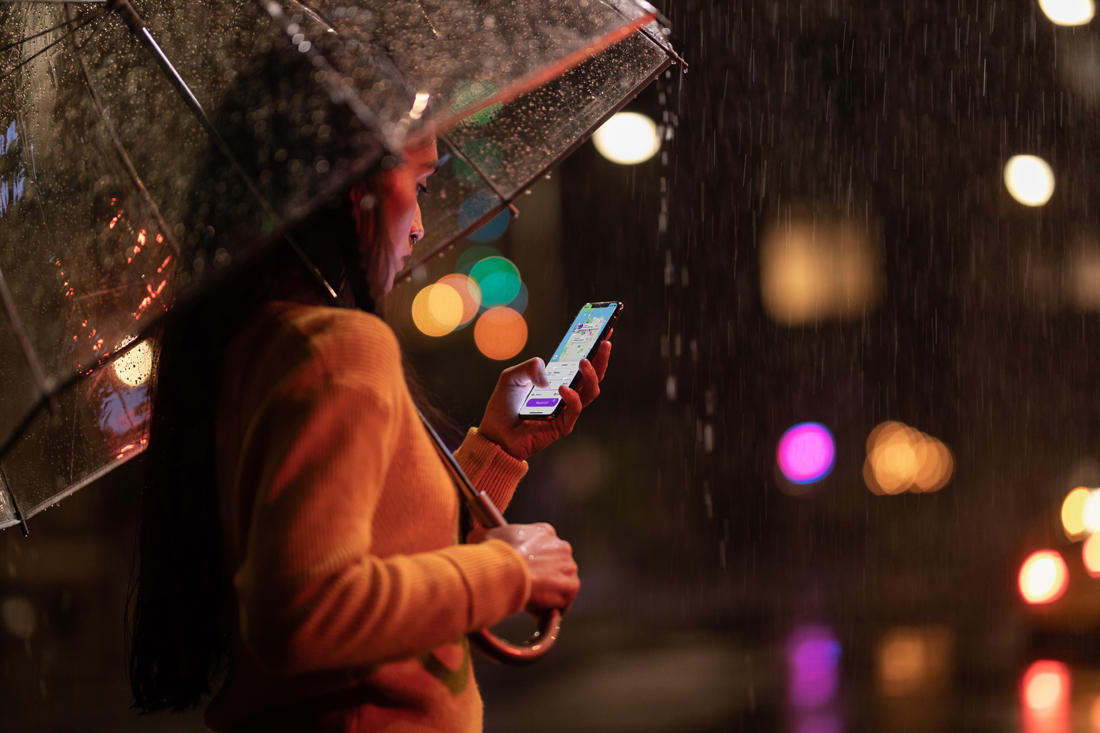
The iPhone Xs features a 5.8-inch OLED display with a resolution of 2,436 x 1,125 pixels while the larger 6.5-inch iPhone Xs Max packs a 6.5-inch OLED screen and a resolution of 2,688 x 1,1242 with 4.4 million pixels. Both handsets boast a 458 PPI, 3D Touch and have 60 percent greater dynamic range compared to last year's iPhone X.
You also get enhanced Face ID, improved stereo sound and an IP68 rating that's good for up to two meters of liquid submersion for up to 30 minutes.
Apple's new smartphones are powered by an all-new A12 Bionic chip featuring 6.9 billion transistors. Apple says the first 7nm chip packs six CPU cores (two high-performance cores that are up to 15 percent faster and consume 40 percent less power and four efficiency cores that are up to 50 percent more energy efficient), a four-core Apple-designed GPU that's up to 50 percent faster and an eight-core neural engine that can process five trillion operations per second.
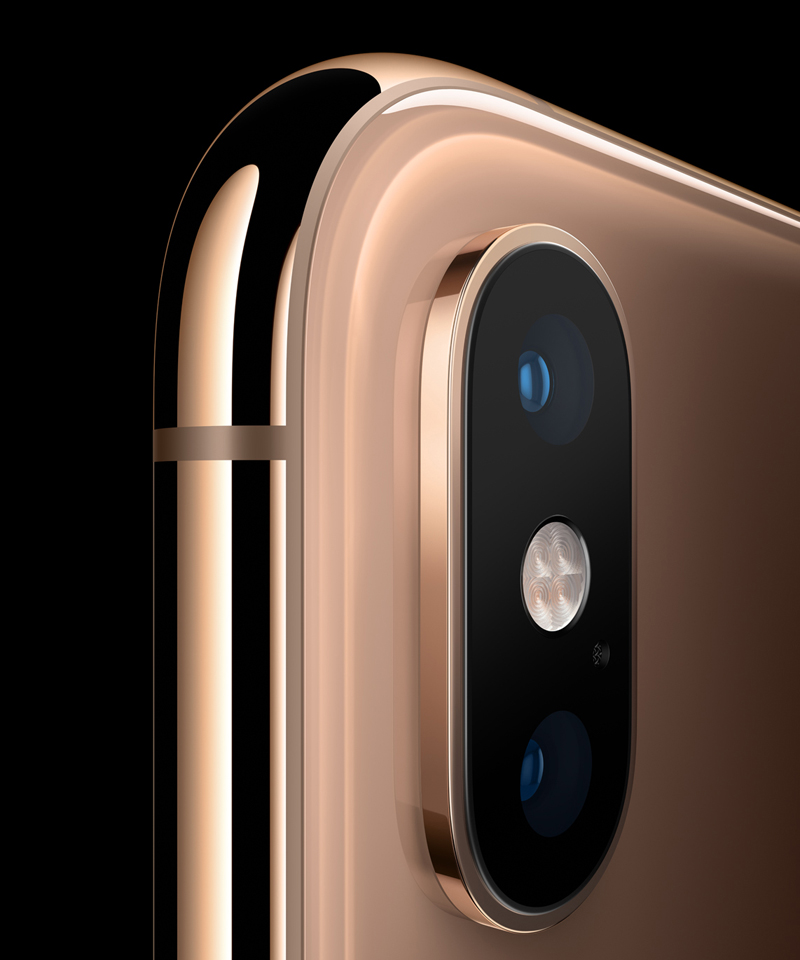
The iPhone Xs and Xs Max feature dual rear-facing cameras: a 12-megapixel wide-angle shooter with optical image stabilization and a six-element lens with f/1.8 aperture alongside a 12-megapixel telephoto camera (2x optical zoom), also with optical image stabilization, with a six-element lens and f/2.4 aperture.
Apple's camera system also features Smart HDR that meshes multiple shots into one to get the perfect blend of highlights, shadows and reduced shutter lag. Another new feature allows you to adjust the depth of field after a shot was taken. You may be thinking this sounds a lot like Lytro's light field technology that let users adjust the focus point after the fact but it's subtly different: Apple's solution lets you adjust global aperture across the entire photo; Lytro's tech let you set new focus points after the fact. Both are neat but they're not the same.
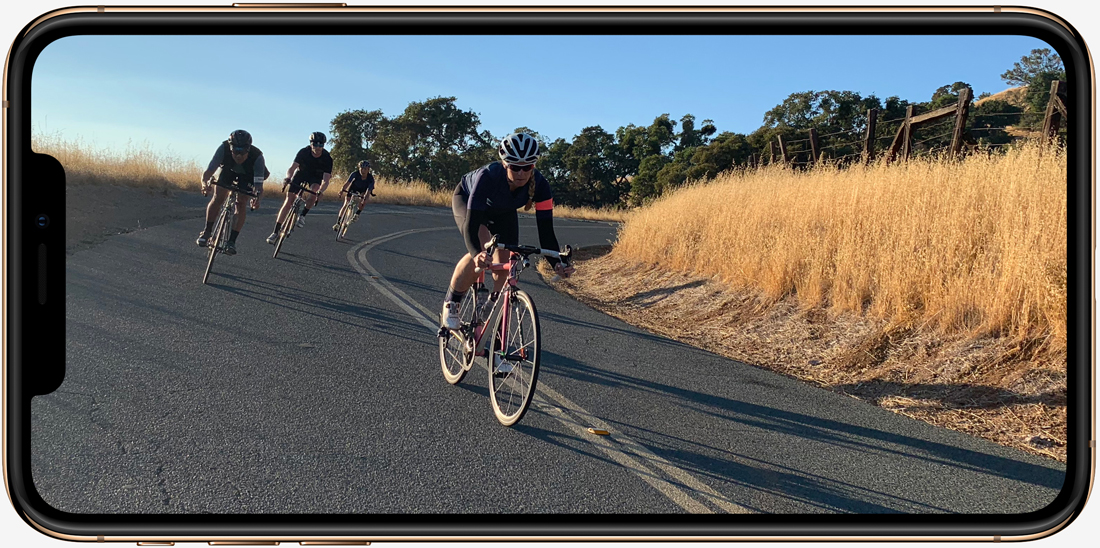
The iPhone Xs offers 30 minutes longer battery life than the iPhone X while the iPhone Xs Max has an hour and a half more battery life than the iPhone X. Other noteworthy features include Gigabit-class LTE and dual-SIM support with eSIM technology (China will still have two physical SIMs, we're told).
The iPhone Xs and Xs Max will be offered in capacities of 64GB, 256GB and 512GB. Pre-orders will be accepted starting September 14 (this Friday) with launch across several markets set for September 21 (the following Friday). Pricing starts at $999 for the iPhone Xs and $1,099 for the iPhone Xs Max.
